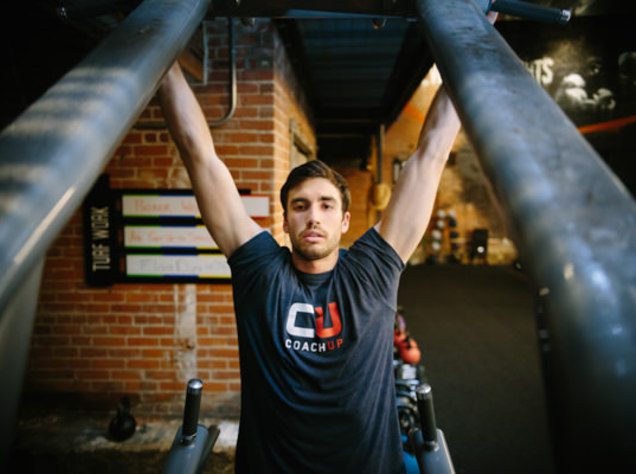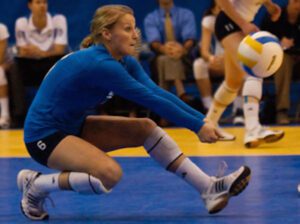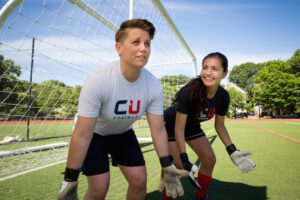It’s no secret that athletes need to train hard to achieve success in their sport. Often times, however, their recovery isn’t given the same attention. This isn’t going to be a warning of “overtraining” because there is limited scientific evidence available to support that athletes can work themselves into burnout. Rather, this will be a clear outline of what exactly recovery is, why it is essential to achieving your full potential, and how to incorporate it into your training routine.
What is Recovery?
Recovery is the process of allowing the body to rest, repair, and regenerate following physical activity. The allowance of full recovery after training sessions and competition maximizes future performance and dramatically reduces the risk of injury.
Recovery can take many forms and can include anything from stretching and foam rolling to ice baths and massage. The goal of recovery is to reduce fatigue and inflammation, and increase circulation in order to heal muscles as quickly as possible. Quick recovery is ideal, but is only achievable when commitment to recovery is made. Routinely taking care of your body when you finish your work is the key to maintaining health and increasing the rate at which you can achieve full recovery.
This is not something that you can only give attention to after you are injured. Freak accidents happen on the field and court, and injuries happen. You can dramatically decrease your risk of injury, though, by taking care of routine recovery.
Why is Recovery Necessary?
It is an essential part of every athlete’s training program. Without proper recovery, athletes are at risk of overexertion, which can lead to fatigue, injury, and lessened performance. Again, we’re not here to talk about “overtraining.” That is a lazy way of saying that an athlete hasn’t taken the time to recover, and is too often confused with burnout.
Recovery is also important for athletes to stay healthy and prevent illness. When athletes are under stress, their immune system can become suppressed, making them more susceptible to sickness and/or injury. Taking the time to recover helps to reduce stress and give the body time to heal and regenerate. Beyond the physical acts of recovery (stretching, ice bath, stim, etc.) getting appropriate amounts of rest will improve your general well-being and the balance in your routine.
How to Incorporate it into Your Training Program
Here are some tips for how to incorporate recovery into your training program to keep you healthy and fresh:
- Rest: Make sure to take enough time to rest between training sessions. This allows the body to recover and will help to reduce fatigue and reduce the risk of injury.
- Active Recovery: Incorporate active recovery into your training program. This can include anything from light jogging to stretching and foam rolling. Active recovery helps to improve circulation and reduce inflammation.
- Nutrition: Eating a balanced diet is essential for athletes. Eating the right foods can help to reduce inflammation, improve recovery, and enhance performance.
- Sleep: Getting enough sleep is essential for athletes. Aim for 7-8 hours of quality sleep per night to ensure that the body is adequately recovered and ready for the next training session.
Simply put, recovery can be the sole deciding factor between success or failure. Taking the time to recover will help to reduce fatigue, reduce inflammation, and improve your overall performance. Take care of active recovery, track your nutrition, and allow time for adequate sleep to maximize your training program, get the most out of your performance, and most importantly, stay healthy.

With our 100% money-back guarantee and vetted coaches, anyone can achieve their full athletic potential. CoachUp is the safest and easiest way to find a coach for personalized training. Find your perfect coach today and become the athlete you want to be!
How useful was this post?
Click on a star to rate it!
Average rating 4.5 / 5. Vote count: 2
No votes so far! Be the first to rate this post.



